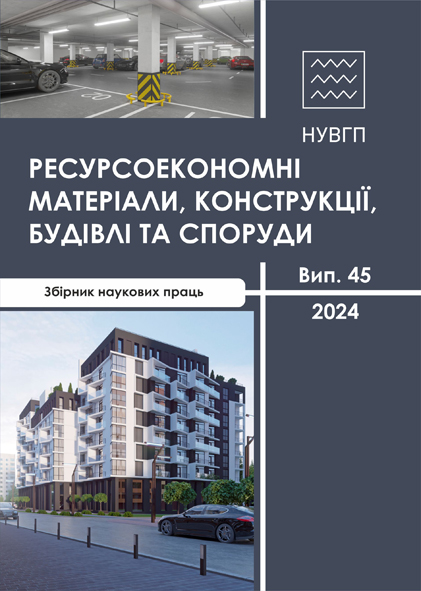SIMULATION OF THE DEFORMATION DIAGRAM OF COMPRESSED CONCRETE UNDER THE ACTION OF DYNAMIC LOADS
DOI:
https://doi.org/10.31713/budres.v0i45.28Abstract
This article is aimed at modeling the deformation diagram of compressed concrete under the action of dynamic loads of various intensities. Modeling of the specified diagram is proposed to be carried out by transforming the standard (normalized) deformation diagram of compressed concrete obtained during static load tests. The main attention is paid to the influence of the load rate on its defining parameters: on the strength and "critical" deformations of compressed concrete. A critical analysis of the studies published today on the dynamic increase factor (DIF) of compressed concrete, the level of elasticity modulus growth and changes in its "limit" deformability under the dynamic loads action is given. The dependence degree of the DIF and the level of compressed concrete critical deformability was determined not only on the strain rate of its, but also on the level of elastic-plasticity (class).
The analytical relationship between the above-mentioned static and dynamic characteristics of compressed concrete is established using the hypothesis of invariance and independence from the loading mode of the specific potential energy of the material ultimate deformation (destruction). The relationship between the coefficients of compressed concrete elastic-plastic properties under the static and dynamic loads action, depending on the strain rate of its, was also established. The indicated coefficients of concrete elastic-plastic properties under the dynamic and static loads action are connected with each other using the initial modulus of elasticity. The expediency of using concrete and reinforced concrete elements and structures in calculation methods is not standardized modulus, but the initial modulus of concrete elasticity, which coincides with the initial modulus of its deformations, is substantiated.

